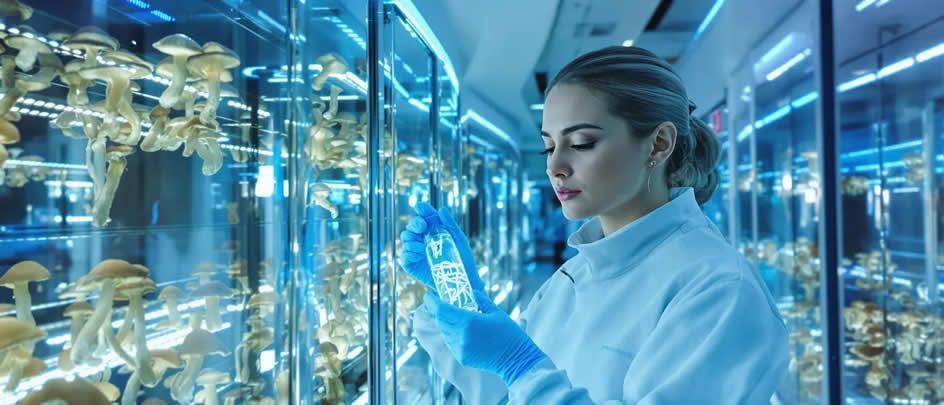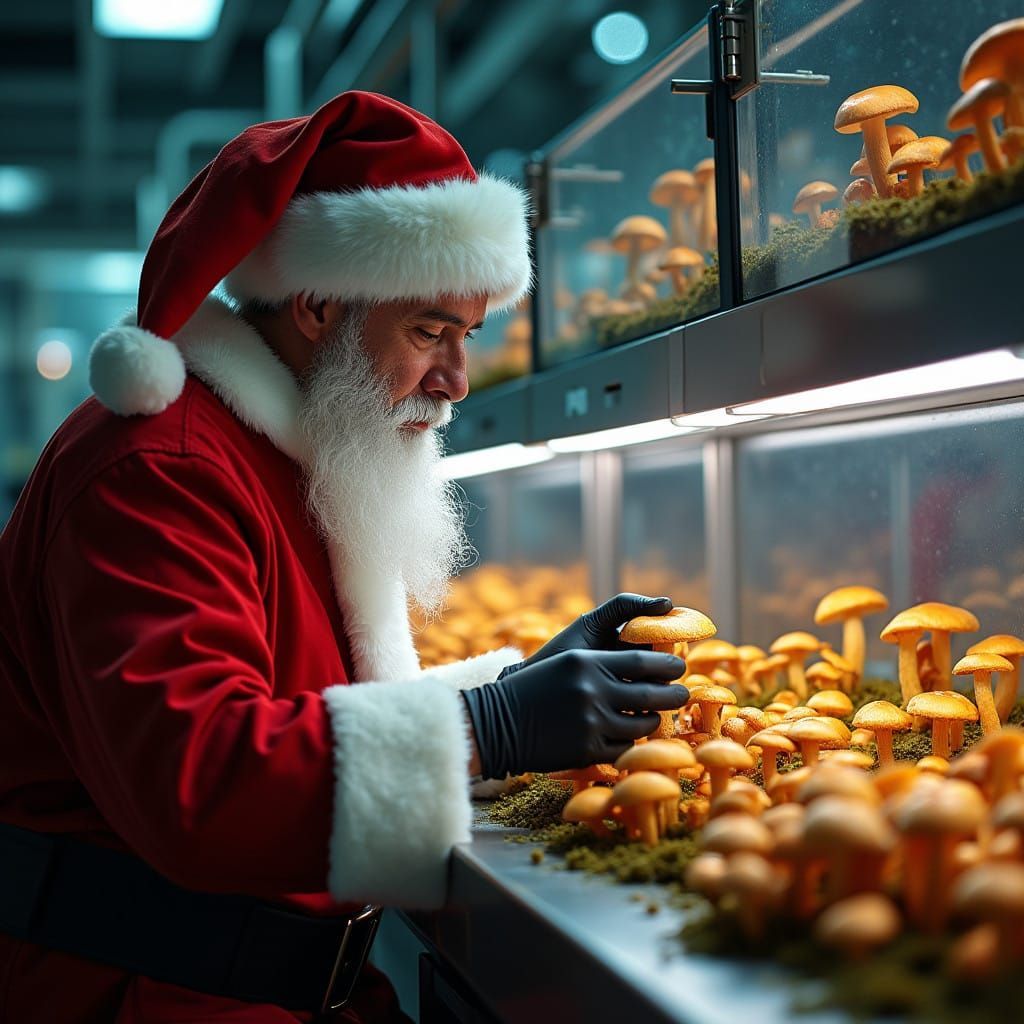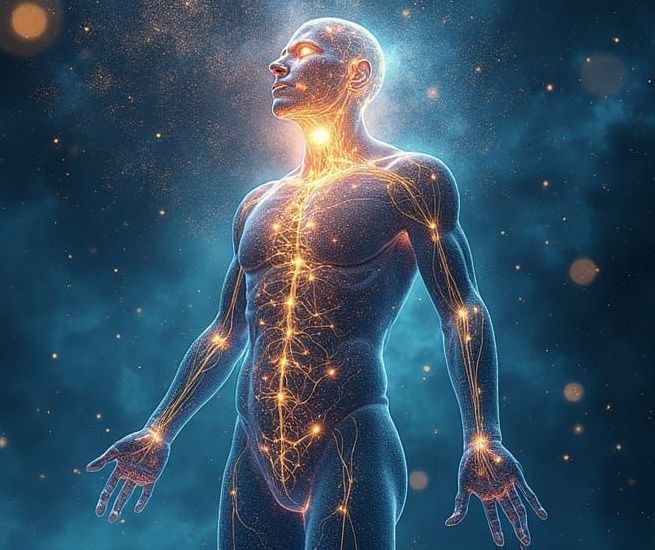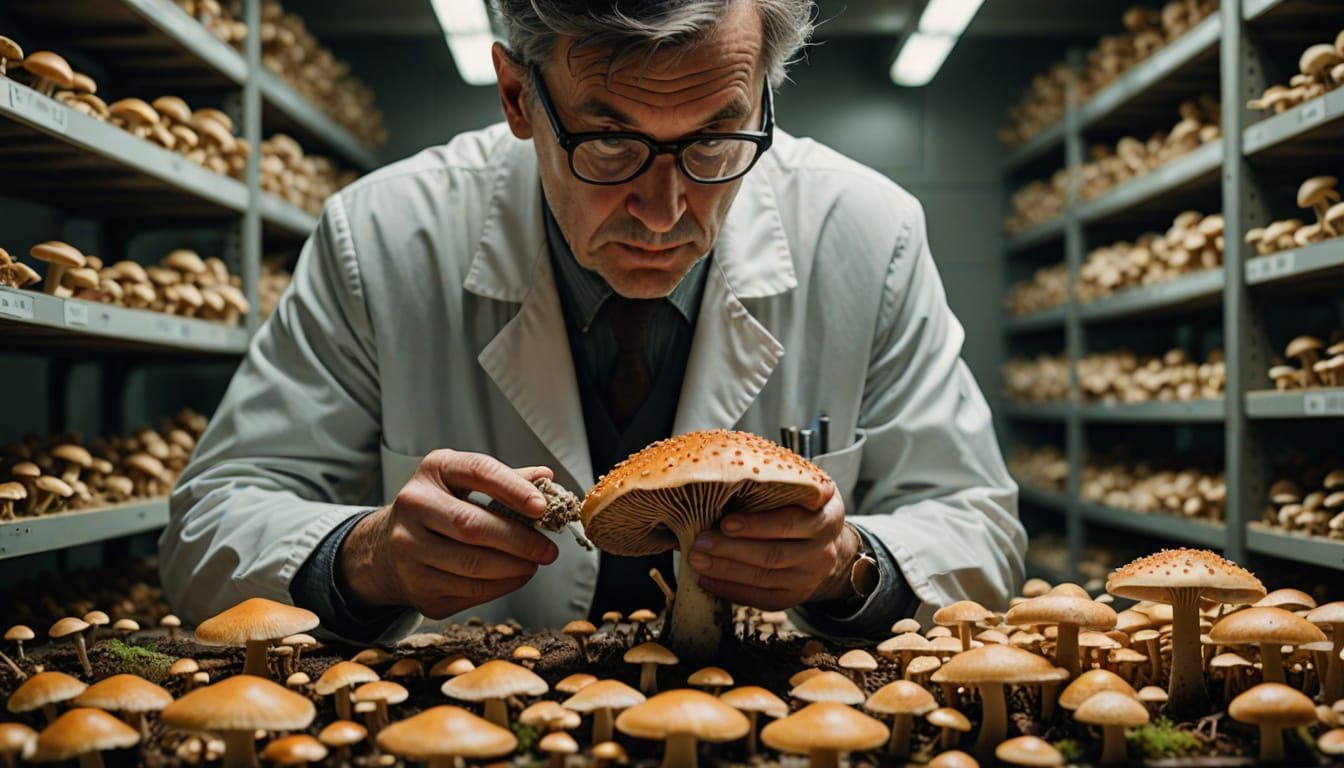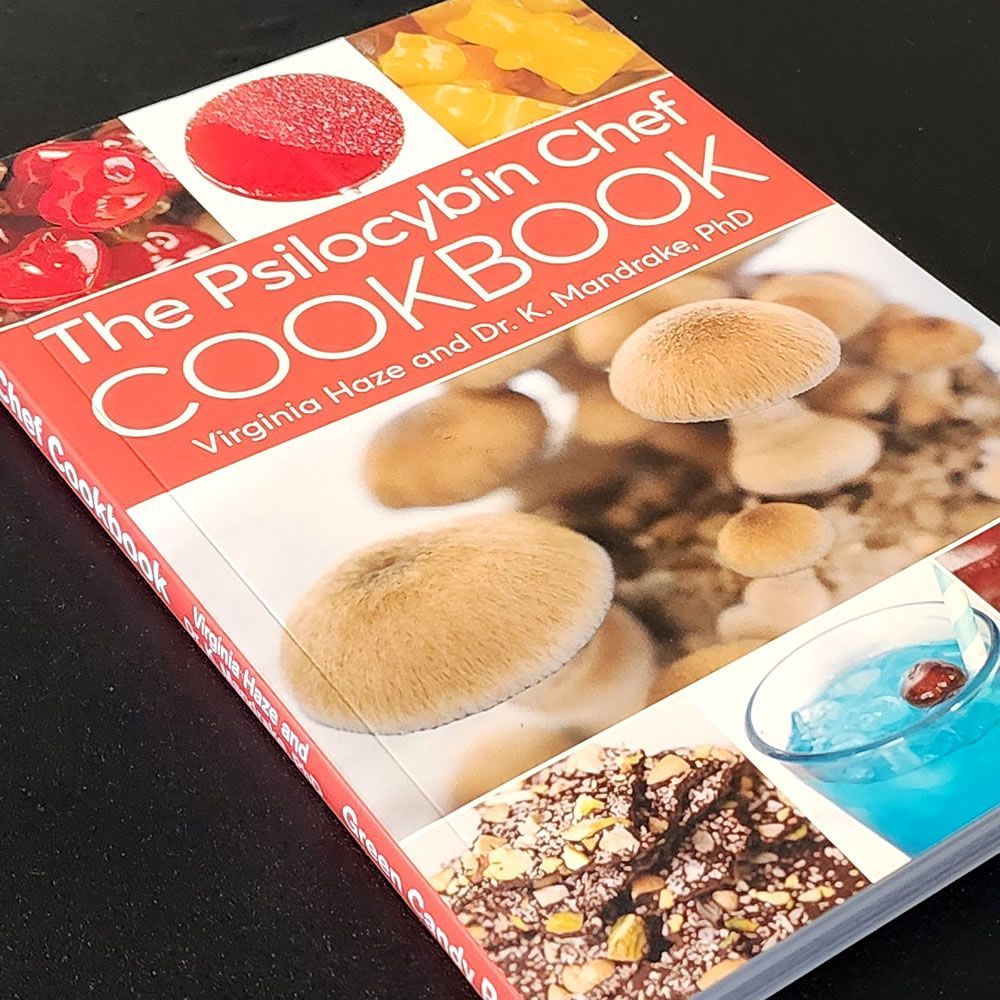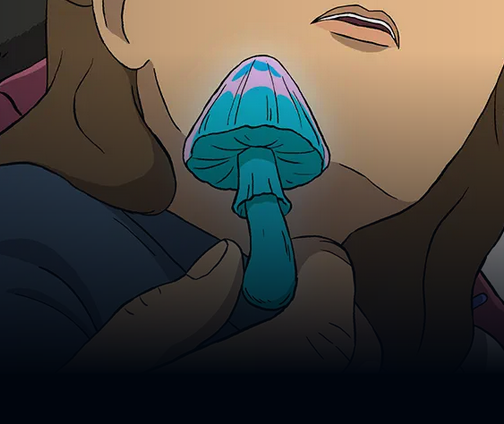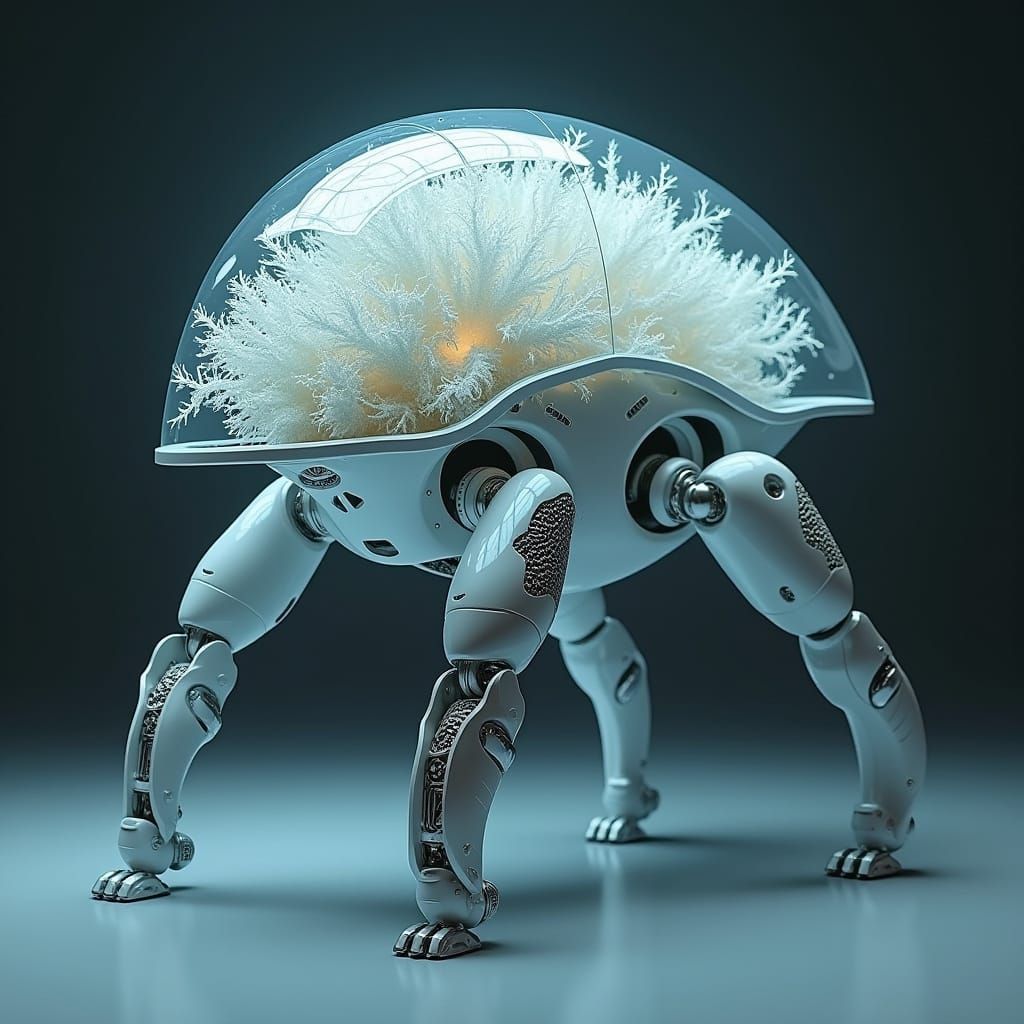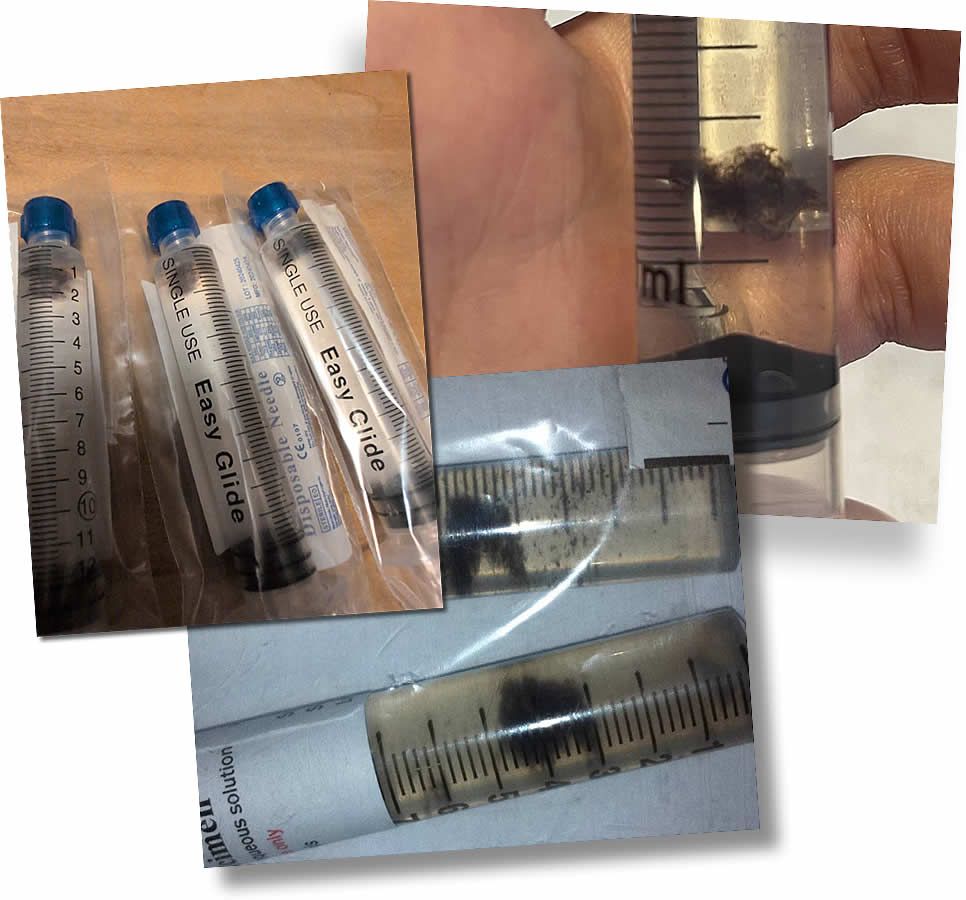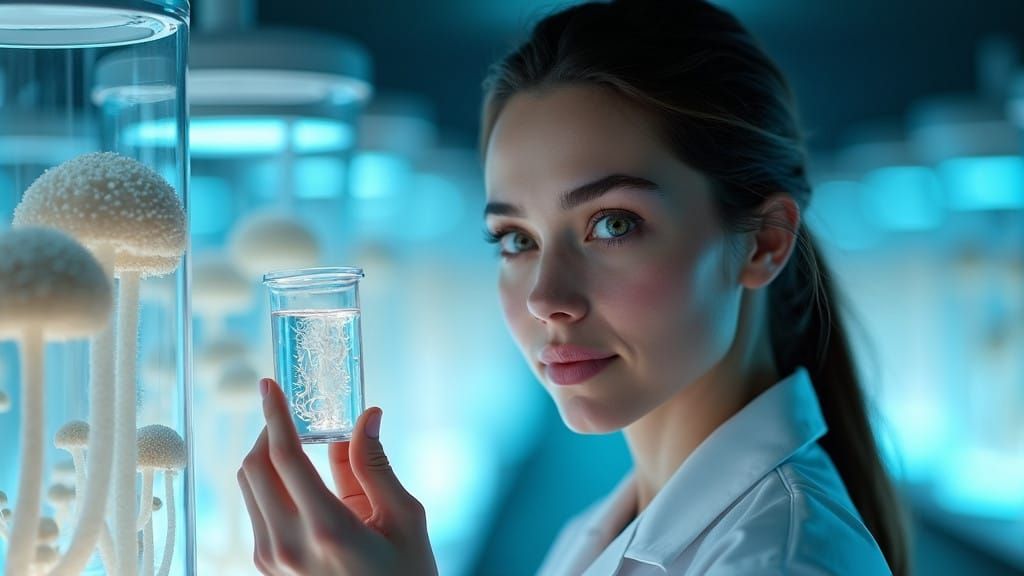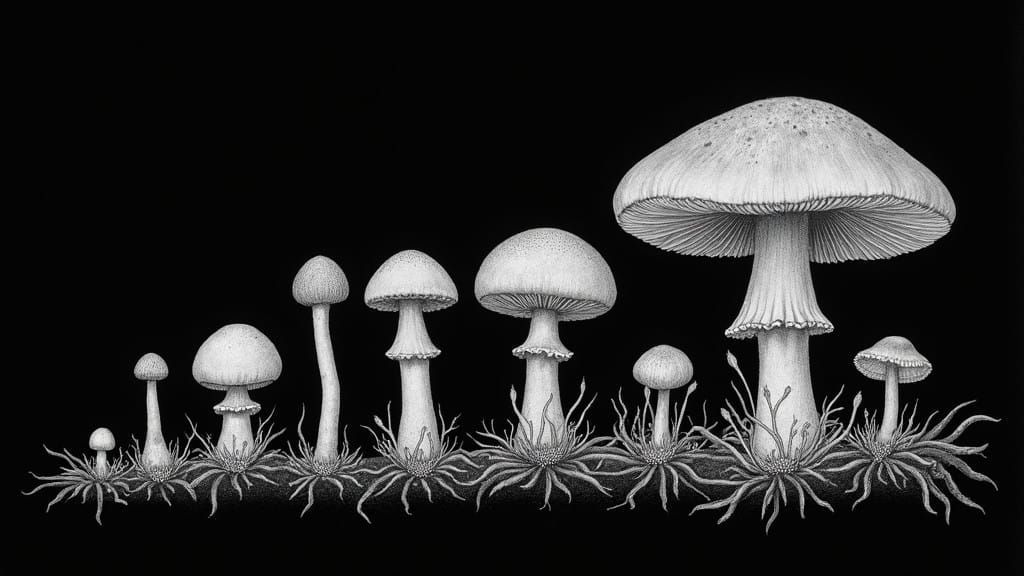Some facts and history of medicinal mushrooms
Some facts and history of medicinal mushrooms
There is many amazing facts and interesting medicinal uses the average person does not know about mushrooms. It is important for us to open our minds and become knowledgable of the natural resources our planet provides, instead of looking to science and chemicals for every medical solution we should look back into the earth and consider the viable sources of medicine that are right under our feet.
Please read below to learn about some amazing facts and a little bit of history related to mushrooms as a medicine.
• Mushrooms have been successfully used in traditional Chinese medicine for thousands of years to treat many different types of health conditions. Western science and medicine are finally beginning to recognize and utilize some of the medicinally active compounds in mushrooms and elucidate their modes of action.
• Penicillin and streptomycin are examples of potent antibiotics derived from fungi. New classes of antibacterial and antiviral agents continue to be discovered in the fungal kingdom.
• Mushrooms are considered to be "immuno-modulators". When consumed, bioactive compounds (particularly protein-bound polysaccharides) in mushrooms have strong effects on our immune system. The effect can either be of up-regulation of a weak immune system that is compromised in its ability to fight infections, or down-regulation of a strong but misdirected immune system that is causing auto-immune disorders such as allergies, arthritis, asthma and other disorders. This modulation of immune function in either direction is confounding to Western Medicine and Pharmacological paradigms which are accustomed to medicines that always "push" in one direction.
• Just like humans, Mushrooms can produce Vitamin D upon exposure to sunlight and UV radiation. UV light is utilized in the production of these mushrooms. For example, a four-ounce (112 grams) serving of Maitake mushrooms produced by the Hokto-patented methodology contains 85% of the Daily RDA (Recommended Daily Allowance) for Vitamin D. Many people today are deficient in Vitamin D and there is evidence that Vitamin D deficiencies may be linked to cancer and other disease states.
Mushrooms are extremely nutritional:
• Excellent source of niacin
• Good source of selenium, dietary fiber, potassium, Vitamins B1, B2, and D
• No cholesterol
• Low in calories, fat, and sodium
• Contain anti-oxidants to support a strong immune system
UMAMI - The fifth sensation for tasting / describing food.
• Fifth taste sensation (after sweet, sour, bitter and salty) discovered in Japan in 1906 at Tokyo University
• Umami characteristics: "Softens sour, masks bitter, extends finish, improves palatability, triggers salivations, contributes to mouth feel, creates sense of well-being, may even be an aphrodisiac"
• Mushrooms contain a rich mixture of natural compounds such as glutamate, free nucleic (amino) acids and ribonucleotides that contribute to the savory umami taste sensation. In general the more mature a food, the higher its level of free amino acids and the higher its umami rating
• Addition of mushrooms in any form will add an umami lift to foods
"Mushroom farming is dirty", that is not necessarily true.
Mushroom farming has a connotation of being a dirty process done in the dark and involving manure. In fact, the popular television show "America's Dirtiest Jobs" had a segment on mushroom farming. This show was shot on a button mushroom farm. Button mushroom farms, in general, fit this description. It is important to note that Hokto USA's mushroom cultivation process is a completely different process; it involves no dirt or manure and is done inside in well-lighted, hygienic, environmentally controlled growing rooms. In fact, the hygiene standards are so high in Hokto facilities that visitors are required to undergo a disinfection procedure and change footwear before entering the facility. The production facility is more likely to be "dirtied" by the visitor than visa versa.
BIOLOGY of our fungal friends
• Mushrooms are neither plants nor animals; they were reclassified in the 1960's into the separate Kingdom of Fungi. It is a hidden kingdom. The part of the fungus that we see is only the "fruit" of the organism. The living body of the fungus is a mycelium made out of a web of tiny filaments called hyphae. The mycelium is usually hidden in the soil, in wood, or another food source. A mycelium may fill a single ant in the case of parasitic fungi, or cover many acres. The branching hyphae can add over a half mile (1 kilometer) of total length to the mycelium each day. These webs live unseen until they develop mushrooms, puffballs, truffles, brackets, cups, "bird's nests," "corals" or other fruiting bodies. If the mycelium produces microscopic fruiting bodies, people may never notice the fungus.
• All mushrooms are fungi but not all fungi are mushrooms. The Kingdom of Fungi also includes yeasts, slime molds, rusts and several other types of related organisms.
• There are an estimated 1.5 to 2 million species of fungi on planet Earth, of which only about 80,000 have been properly identified. Theoretically, there are 6 species of fungi for every 1 species of green plants.
• In some ways, mushrooms are more closely related to animals than plants. Just like us, mushrooms take in oxygen for their digestion and metabolism and "exhale" carbon dioxide as a waste product. Fungal proteins are similar in many ways to animal proteins.
• Mushrooms grow from spores, not seeds, and a single mature mushroom will drop as many as 16 billion spores!
HISTORY of our fungal friends
• Hieroglyphics found in the tombs of the Pharaohs suggest that the ancient Egyptians believed the mushroom to be "the plant of immortality." The mushroom's distinct flavor so intoxicated these demi-gods, that they decreed mushrooms to be food for royalty alone, and prohibited any commoner from handling the delicacies.
• Some South American Amazon tribes have one word that refers to both meat and mushrooms; they consider mushrooms as equivalent to meat in nutritive value.
• Early Romans referred to mushrooms as the "food of the gods."
If you know of any other interesting or amazing mushroom facts please let us know! We would be happy to feature your article in our MycoBlog. Contact us anytime.
